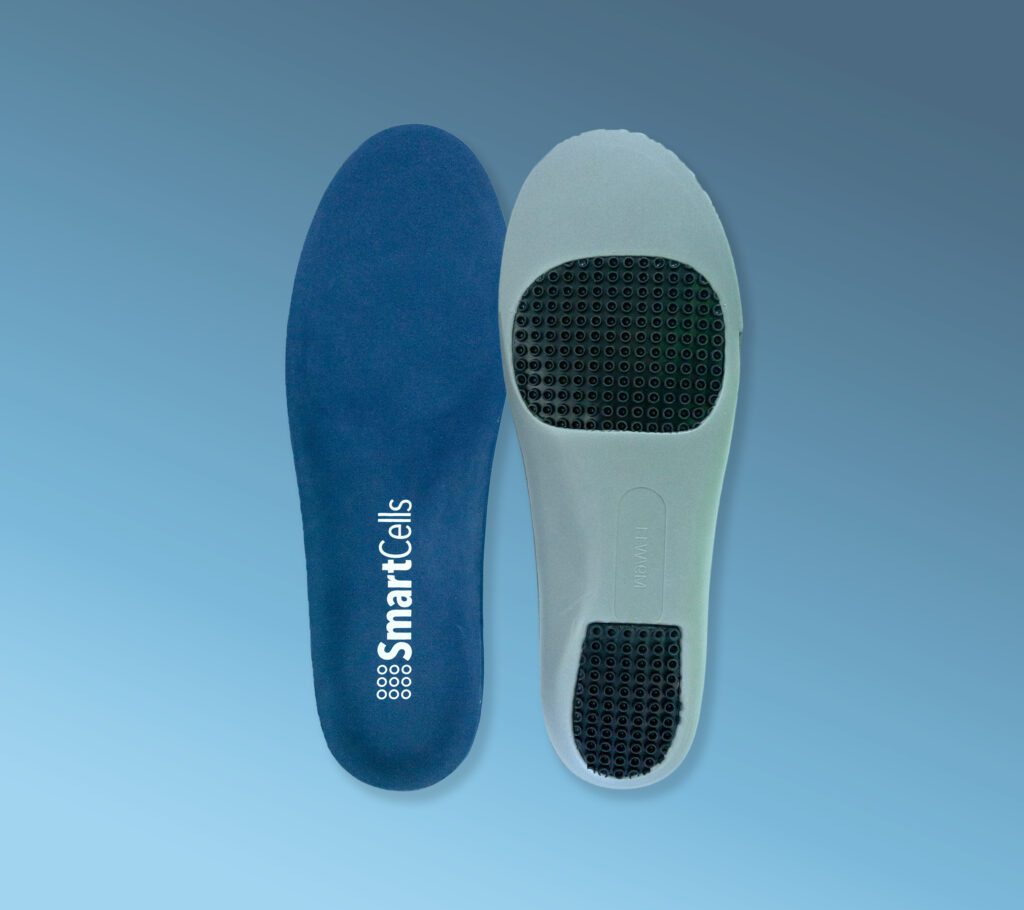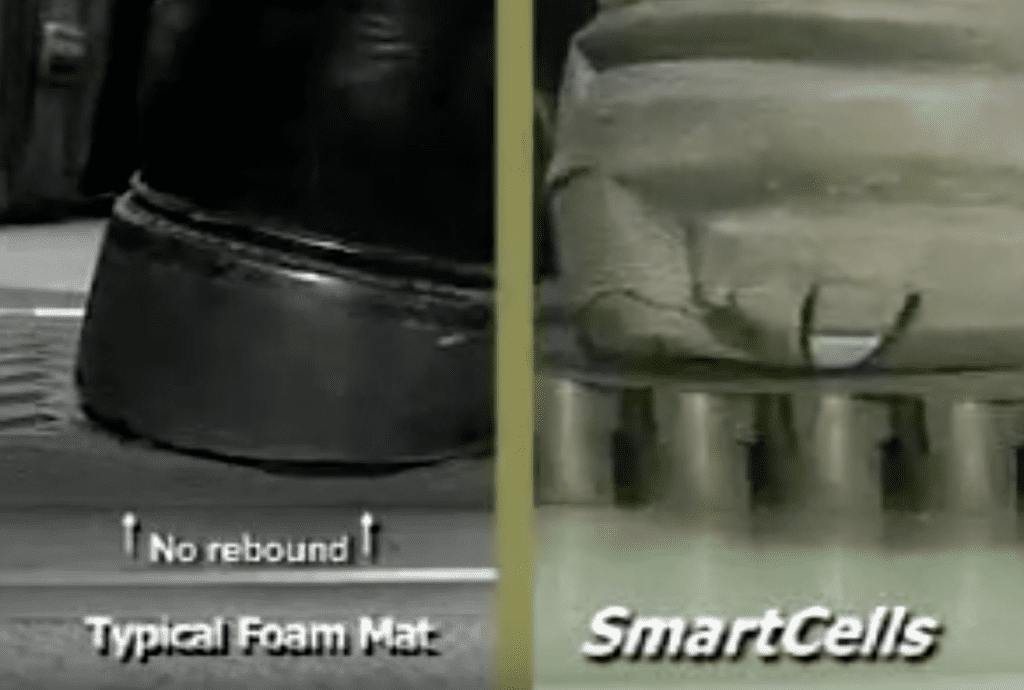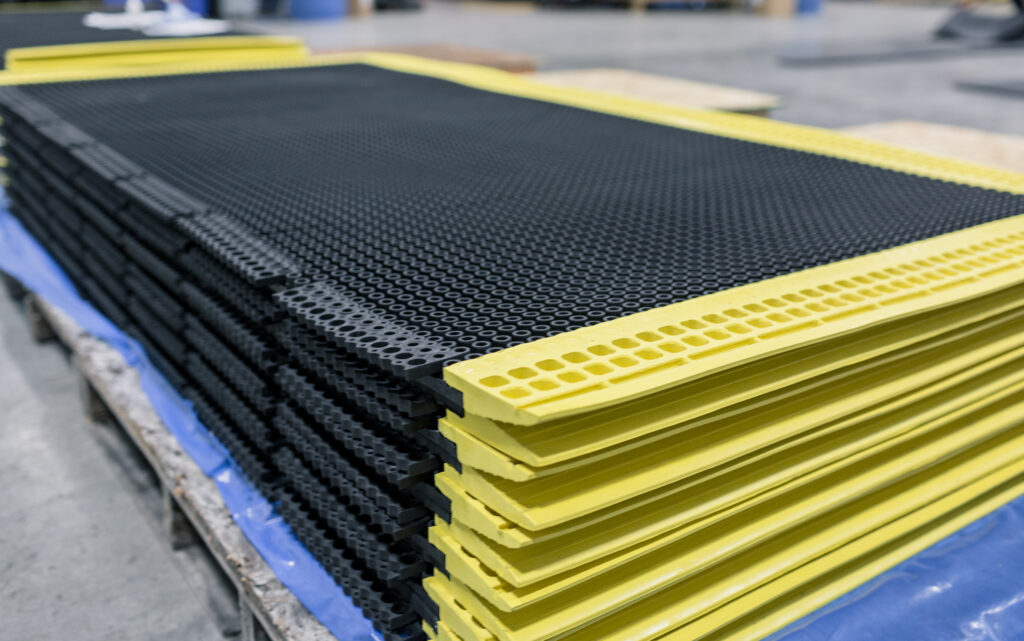Blog
Podcast: Softer Is Not Always Better In Solving Workplace Fatigue
- Derek Hawn
- July 29, 2020
- 10:40 am
- No Comments
- 1 minute
Whether a cashier, a pharmacy technician or a fulfillment center worker, many jobs require employees to spend long hours on foot. That can lead to significant pain and, beyond the human costs, decreased production.
The solution for many employers has been to stick a foam or gel mat under their employees and call it a day. However, according to SmartCells President Bob Bishop, those mats often aren’t made with the best material.
“Anti-fatigue is a balance between cushioning and support. We know, [when] standing on concrete all day, people get injured or have foot pain or get tired because of that rigid, hard surface. And if we think softer is better, you know, why don’t we just bring our mattresses in?” he said. “There is a psychological effect of, ‘Oh, I’m stepping on this, and it feels soft, so it must be good for me.’ Part of our mission is trying to educate our customers that softer is not better.”
Too often, the mats also are the wrong size. While SmartCells has mats in traditional sizes, it also works with businesses to do total installs on entire workspaces rather than simply trying to put two or three mats together, which can create a situation that can look aesthetically unpleasant, cause mats to move around or, worse, create a tripping hazard.
“We developed the concept of wall-to-wall flooring. We have a 3×3 tile product that we can assemble into virtually any configuration,” Bishop said.
“We can do a custom area with transitions that eliminate trip hazards and slip hazards, and the edges of SmartCells do not curl up. We’ll come in, look where your workers are at [and] what they’re doing during their normal day and make suggestions to you as to where you really need the anti-fatigue materials.”
The Ultimate Way to Say ‘Thank You’ on National Doctor’s Day
The Key to Keeping your New Year’s Resolution is Hiding Under Your Feet
8 Ways to Keep Your Kids Safe from Fall-Related Injuries
The Anti-Fatigue Debate: Foam vs. Gel vs. SmartCells Cushioning Technology
Infection Control: There’s More to Fall Protection Mats Than Meets the Eye
The Plantar Fasciitis Epidemic: Heal Your Heels
SmartCells: The Cure for the Sedentary Office
The 6 Essentials for a Successful Geocaching Adventure
The Ultimate Guide to Choosing the Right Anti-Fatigue Mat
An Open Letter: SmartCells Help MS Sufferer Stand Comfortably
Let us help you find the right solution
Not sure where to start? Our customer service and sales representatives – who are just as knowledgeable about the product as the scientists who created it – would be happy to help you understand more.



